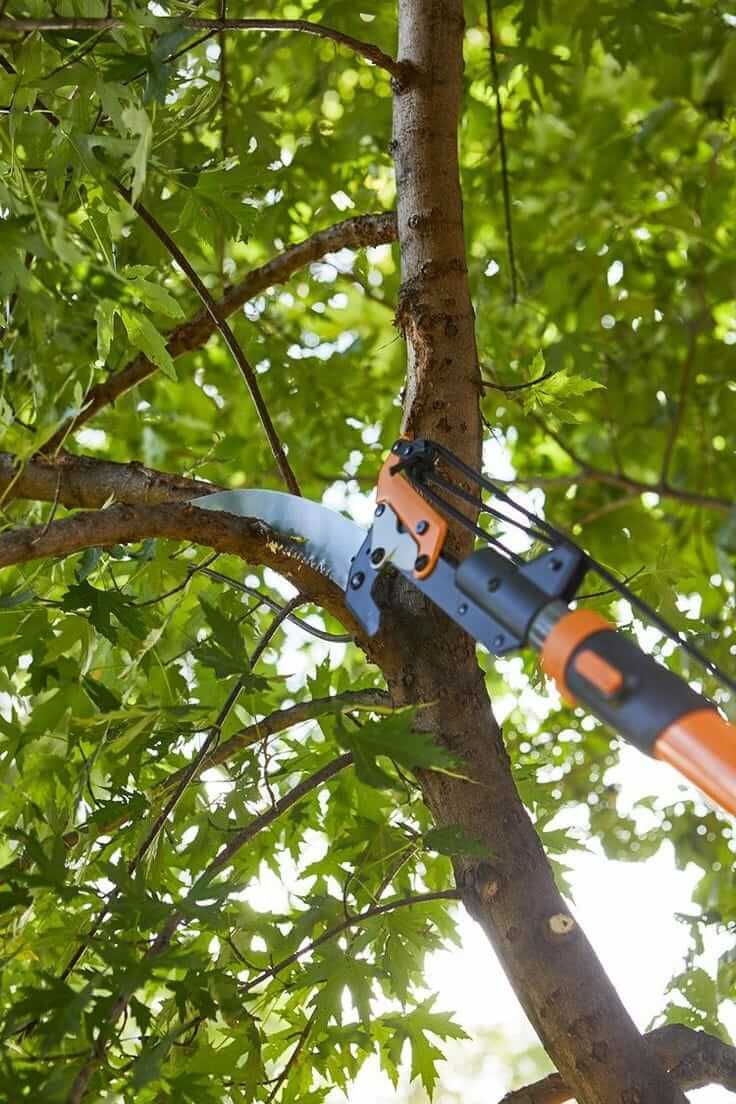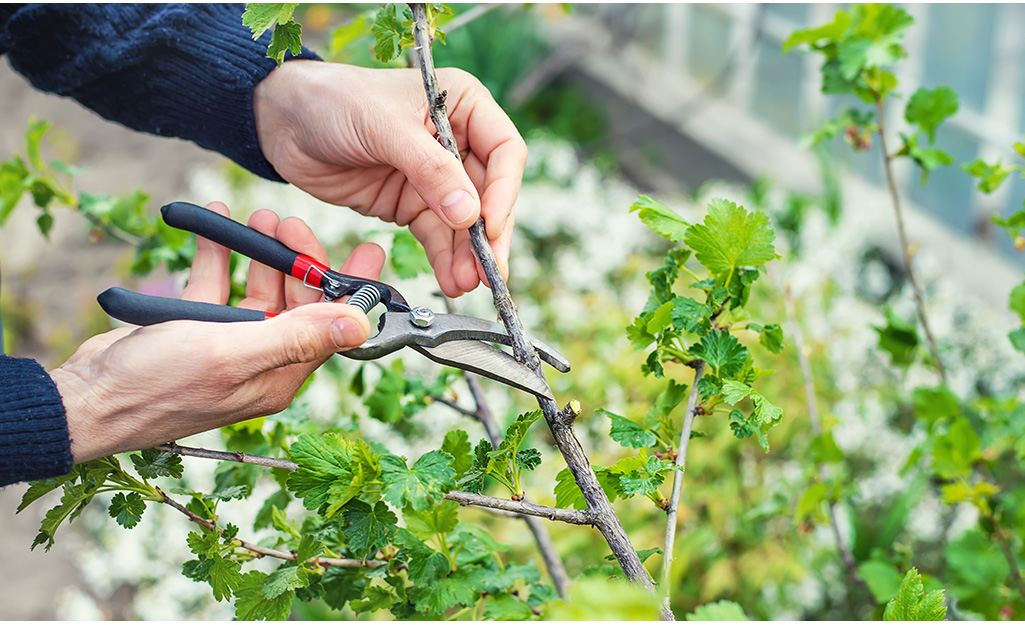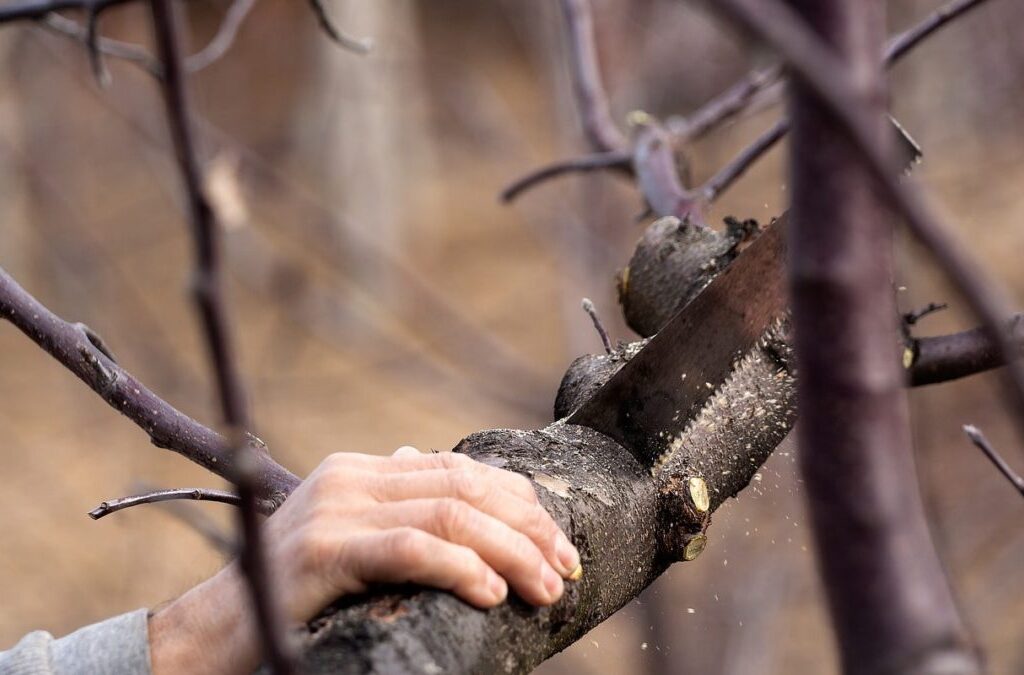Pruning & Trimming Tips
Introduction
Let’s talk about one of the most rewarding aspects of gardening: pruning and trimming. If you’ve ever wondered why your plants don’t look as vibrant or aren’t growing as well as you’d hoped, the answer might be as simple as a good trim. In this article, we’re diving deep into the world of pruning and trimming, giving you the tools and knowledge to make your garden flourish. Ready to get those green thumbs working?
Understanding Pruning and Trimming
Definition of Pruning
Pruning entails the careful removal of specific sections of a plant, such as branches, buds, or roots. This practice helps control growth, remove dead or diseased wood, and stimulate the formation of flowers and fruit.

Definition of Trimming
Trimming, on the other hand, is more about maintaining the shape and appearance of your plants. It’s a regular, often less intensive process that keeps your garden looking neat and tidy.
Key Differences
While pruning is more about the health and growth of the plant, trimming focuses on aesthetics and maintenance. Both are essential, but they serve different purposes in your gardening routine.
Benefits of Pruning and Trimming
Promotes Plant Health
Removing dead or diseased branches prevents the spread of disease and allows the plant to focus its energy on healthy growth.
Encourages Growth
Strategically cutting back certain parts of a plant can stimulate new growth, leading to a fuller, more vibrant plant.
Enhances Aesthetic Appeal
A well-trimmed garden is a beautiful garden. Regular maintenance helps maintain the desired shape and appearance of your plants.
Prevents Safety Hazards
Overgrown branches can become dangerous, especially if they’re near walkways or power lines. Pruning helps mitigate these risks.
Essential Tools for Pruning and Trimming
Pruning Shears
These are your go-to for small branches and stems. They come in bypass and anvil types, each suited for different cuts.
Loppers
For thicker branches, loppers provide the leverage needed to make clean cuts without damaging the plant.
Pruning Saws
When dealing with larger branches, a pruning saw is essential. They’re designed to make precise cuts without harming the tree.
Hedge Trimmers
Electric or manual, hedge trimmers are perfect for keeping your bushes and hedges in shape.
Safety Gear
Don’t forget gloves, safety glasses, and a sturdy pair of boots to protect yourself while working.
When to Prune and Trim
Seasonal Guidelines
Generally, late winter or early spring is the best time for pruning most plants, as it allows them to heal and grow when the weather warms up. Trimming can be done more frequently, often seasonally, to keep everything in check.
Plant-Specific Timelines
Different plants have different needs. For instance, flowering shrubs should be pruned right after they bloom, while fruit trees often benefit from a late winter prune.
Pruning Techniques
Thinning https://treemastersservices.com/pruning-trimming-tips-for-thriving-plants/
This technique involves removing entire branches to open up the plant’s structure, allowing more light and air to reach the inner parts.
Heading
Cutting back the tips of branches encourages bushier growth and is often used on shrubs and hedges.
Pinching
A gentle technique for young plants, pinching involves using your fingers to remove the soft tips of new growth, encouraging a fuller shape.
Shearing
Used mainly for hedges, shearing cuts back growth evenly across the plant to maintain a uniform shape.

Trimming Techniques
Basic Trimming Methods
Regularly cut back overgrown branches and stems to maintain the plant’s shape and size.
Shaping and Sculpting
Get creative with your trimming to shape your bushes and hedges into interesting forms and designs.
Maintenance Trimming
Routine trimming keeps your plants healthy and looking their best, preventing them from becoming overgrown.
Pruning Different Types of Plants
Trees
Focus on removing dead or diseased branches and shaping the tree to maintain its structure.
Shrubs
Prune to maintain size and shape, and to remove any damaged or diseased parts.
Flowering Plants
Prune after flowering to promote new blooms and prevent the plant from becoming leggy.
Fruit Trees
Prune in late winter to encourage a good structure and maximize fruit production.
Trimming Hedges and Bushes
Maintaining Shape
Regular trimming helps keep your hedges looking neat and well-defined.
Encouraging Density
Cutting back growth encourages a denser, fuller hedge.
Timing for Optimal Growth
Trim at the right times to promote healthy growth, usually in spring and late summer.
Common Pruning Mistakes to Avoid
Over-Pruning
Cutting back too much can stress the plant and stunt its growth.
Incorrect Timing
Pruning at the wrong time of year can harm the plant and reduce its flowering or fruiting potential.
Improper Tool Use
Using the wrong tool or not making clean cuts can damage the plant.
Common Trimming Mistakes to Avoid
Over-Trimming
Taking off too much growth can weaken the plant and reduce its vigor.
Ignoring Plant Health
Trimming without considering the plant’s health can lead to disease and poor growth.
Neglecting Regular Maintenance
Skipping regular trimming sessions can lead to overgrown and unhealthy plants.
DIY vs. Professional Pruning and Trimming
When to DIY
Smaller tasks like trimming hedges or light pruning can often be done yourself with the right tools and knowledge.
When to Hire a Professional
For larger trees or complex pruning tasks, it’s best to call in a professional to ensure the job is done safely and correctly.
Safety Tips for Pruning and Trimming
Proper Tool Handling
Always use tools as intended and ensure they are sharp and clean to make precise cuts.
Personal Protective Equipment
Wear gloves, safety glasses, and sturdy footwear to protect yourself from injuries.
Ladder Safety
When working at height, ensure your ladder is stable and never overreach.
Caring for Your Tools
Cleaning and Maintenance
Regularly clean your tools to prevent rust and ensure they last longer.
Sharpening Blades
Keep your blades sharp to make clean cuts and avoid damaging your plants.
Proper Storage
Store your tools in a dry, secure place to keep them in good condition.
